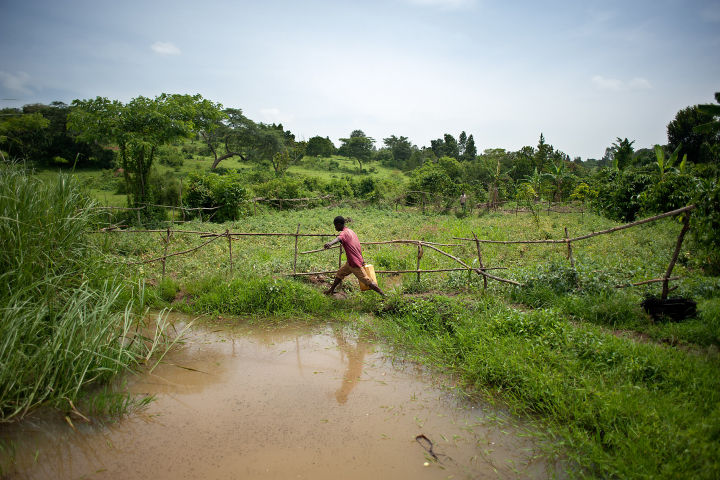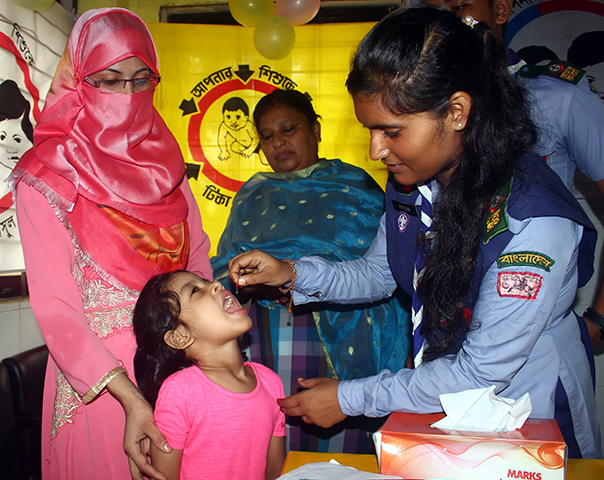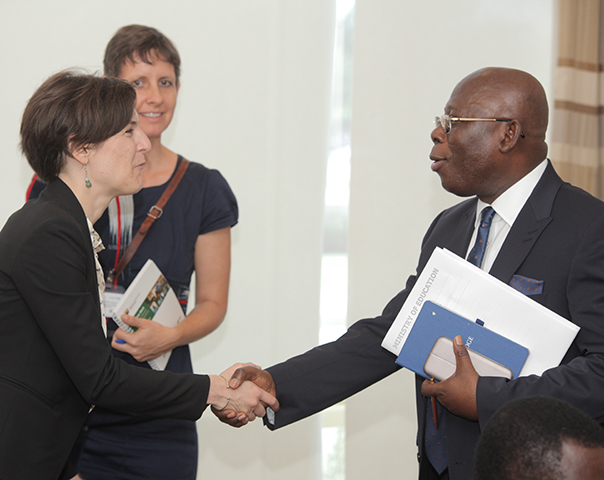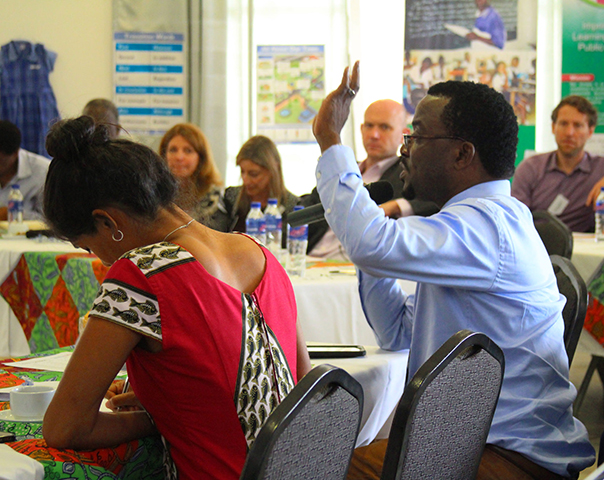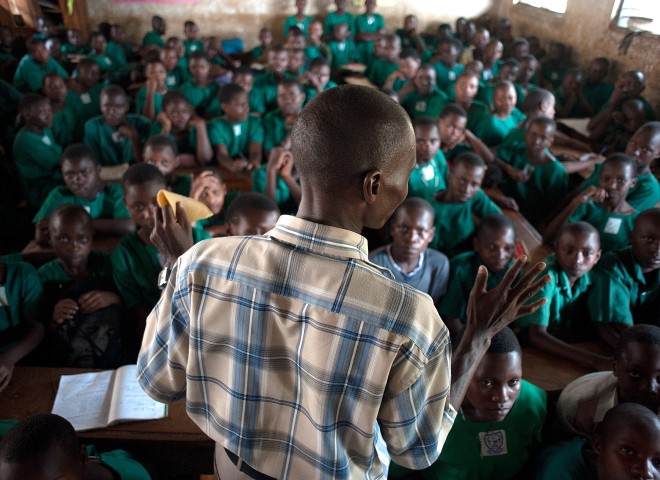Understanding Mobile Network Adoption: Evidence from Community Cellular Networks in Rural Philippines
Researchers partnered with IPA Philippines to conduct a randomized evaluation to assess whether community cellular networks (CCNs) could be a sustainable way to provide phone service in remote villages. While four of seven sites where CCNs were installed maintained strong usage with 65 percent of households using the service, success depended heavily on village wealth and existing phone access.
The Challenge
Ensuring universal access to telecommunications remains a significant policy challenge, as the world increasingly depends on mobile and internet communications for essential services and opportunities. While mobile phone coverage expanded rapidly worldwide, around 10 percent of the world’s population still lacks access to a cell tower. In the Philippines, approximately 63 percent of the population subscribes to mobile networks, leaving over 25 million people disconnected. The topology of the Philippines, with its 7,641 mountainous islands, creates thousands of localities isolated from other parts of the country. These communities face the "last mile" connectivity gap, caused by telecommunications companies not finding it commercially viable to bring cellular towers to remote areas. Building and maintaining towers in remote areas requires significant investment compared to the potential revenue from smaller populations. Without connectivity, communities rely primarily on in-person communications, radio, and television for information, increasing their isolation.1
The Intervention
In an effort to bridge connectivity gaps in isolated communities, researchers partnered with IPA Philippines to conduct a randomized evaluation of community cellular networks (CCNs) as a sustainable solution for remote villages. The study focused on 1,131 households across 14 sites in Aurora Province along Luzon's east coast—a remote region with some of the highest poverty rates in the Philippines. Sites were randomly assigned to either receive CCN installations (simple towers providing basic phone and text services) with free SIM cards or serve as comparison groups. The evaluation used a matched-pairs design to ensure comparability of sites with and without towers. This intervention specifically targeted areas where commercial telecommunications companies do not operate due to economic viability concerns. Additionally, researchers conducted comprehensive household surveys to assess the various factors influencing network adoption and usage patterns among residents, aiming to determine whether community-based cellular solutions could effectively connect populations traditionally overlooked by market-driven expansion.
Results
The findings are based on observational data from the intervention sites.
The data revealed a clear difference in take-up across sites that received the CCN towers. In high-adoption locations—four of the seven intervention sites—the networks became vital community resources with nearly universal adoption (94 percent of households) and consistently high daily usage exceeding 1,000 transactions. These thriving networks shared two critical characteristics: they served communities that previously had no way to make phone calls, and they operated in villages where enough residents could afford to pay for the service regularly.
By contrast, usage in the three low-adoption sites never gained traction. Only 17 percent of households used the network, and usage tailed off rapidly soon after installation. These failures occurred where people already had some way to make calls, even if inconvenient, or where the basic call and text capabilities weren't sufficient for communities that wanted more advanced services.
The research also revealed important demographic patterns—women-led households and those working in traditional occupations like farming and fishing were early adopters, but long-term usage was dominated by wealthier, better-educated households who could afford regular service costs.
Policy Implications
This study demonstrates a crucial insight into digital inclusion: technical solutions alone cannot bridge connectivity gaps. Success requires careful targeting of genuinely unserved communities and consideration of economic realities within those communities. The significant difference between successful and failed sites (94 percent vs. 17 percent adoption) suggests that policymakers should conduct thorough needs assessments before implementing community networks.
Sources
1 GSMA Intelligence. 2015. “Rural coverage: Strategies for sustainability.” https://www.gsmaintelligence.com/research/?file=53525bcdac7cd801eccef740e001fd92&download
Funding Partners







